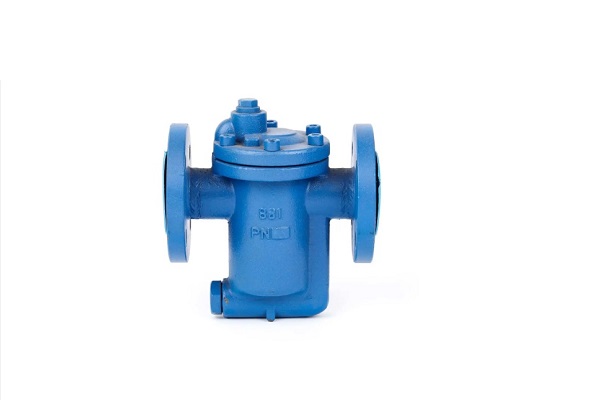1. For a trap or valve, the pressure downstream of it is "back pressure". In other words, "back pressure" is the pressure on the outlet or secondary side. The difference between the pressure at the trap inlet (primary side) and the "back pressure" is the operating "differential pressure".
2. If the condensed water at the back end of the trap is directly discharged to the atmosphere, no back pressure will be generated.
3. Even if the condensed water is discharged directly to the atmosphere, if it needs to flow through many elbows, it will encounter some resistance to weaken the flow, so back pressure will also be generated.
4. The discussion on back pressure is more complicated, not just affecting the discharge of condensate in the trap. The back pressure allowed by the trap also needs to be considered.
5. The allowable back pressure is the maximum back pressure to ensure the normal operation of the trap, expressed as a percentage of the inlet (primary side) pressure. Typically, as back pressure increases, the trap loses its ability to operate properly.

 WENZHOU WEITUO VALVE CO., LTD.
WENZHOU WEITUO VALVE CO., LTD.